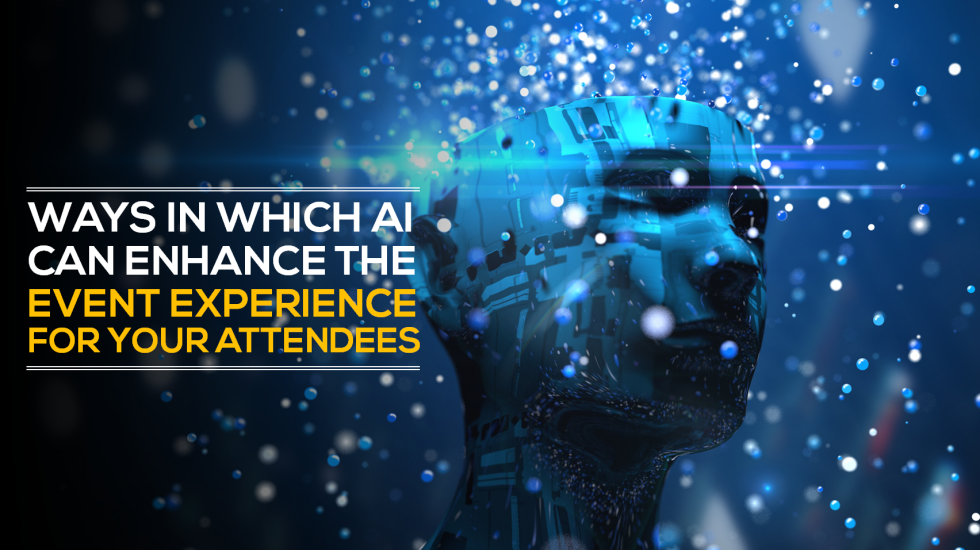The success of any event depends on the overall experience of the attendees. And a key way in which experience can be mapped is by gauging the engagement levels of the attendees.
Obviously, engaging attendees isn’t easy.
But to do so, it is critical to understand the audience and build the event’s core strategy around it. This will help one deliver an event that the potential attendees – the TG – find worthwhile and worth engaging with.
Technology and content are considered an essential chunk of any event. The industry is competitive, and ones ability to be distinctive relies on building an event technology stack that streamlines attendees’ experience. However, it is important to contemplate how tech elements can be seamlessly incorporated in order to create the best possible experience for them.
At Shobiz, we believe that the technology of Artificial Intelligence can be used effectively to an experiential event planners benefit!
AI refers to a technology’s ability to carry out complex behaviours typically reserved for humans, for example, detecting human movement in real-time or recognising and responding to human speech. AI can be used in the best way to enhance and personalise attendees experience with additional meaningful interactions that savour attendees, exhibitors, etc. The best AI improves business processes to build and customise customer engagement, and subsequently boost revenue by providing your event a competitive lead.
Listed below are different technologies that can help turn your event into a phenomenal success:
Chatbots
In a personal capacity, you can command Siri to tell you what the weather is for the day. And in a professional capacity, at your next event, you can get an AI personality to tell the attendees what the Wifi password is! Chatbots are all the rage among event planners today because they help an event planner scale attendee responses. Chatbots are currently taking charge of 50% of customer interactions at events. Also, they are aiding in freeing up time of key team members by automating some of the more conventional tasks.
Virtual Reality
We live in a visual world; everything which wow’s us we tend to discover more of it. And this key human behaviour of discovery is what is fully explored by Virtual Reality. It does what a slideshow presentation or a pamphlet cannot do; it allows the audience to “get into” a brand’s next venture or prototype. Something we explored at the HPE Reimagine 2018 event.
Live Streaming
With its increasing popularity, live streaming can hugely expand your event’s participation, bringing all that’s happening LIVE, to your clients/audience, wherever they might be. This technology allows your audience to view your event remotely when time or distance gets in their way.
Apps like Periscope, Instagram, or Facebook Live can be used to create hype before an event or even during for that matter!
Facial Recognition
Just like iPhone X uses its facial recognition feature to unlock the phone, event planners can use that same technology to chart attendees. Facial recognition can work as a security measure at large-scale gatherings and events and also aid in quick, hassle-free registrations!
Social Media Walls
In any event, the primary move is to get people talking, and the secondary move is to keep the conversation going. With a social media wall, you can observe in real time what people have to say about your event and invite others to join in through a unique event hashtag. As an event planner, it would be smart to research on this and seriously look at incorporating this in your event.


[…] in particular, is disrupting the event industry in means we once only imagined were possible. AI can completely change the event experience, attendee experience, and the process of collecting post-conference data.